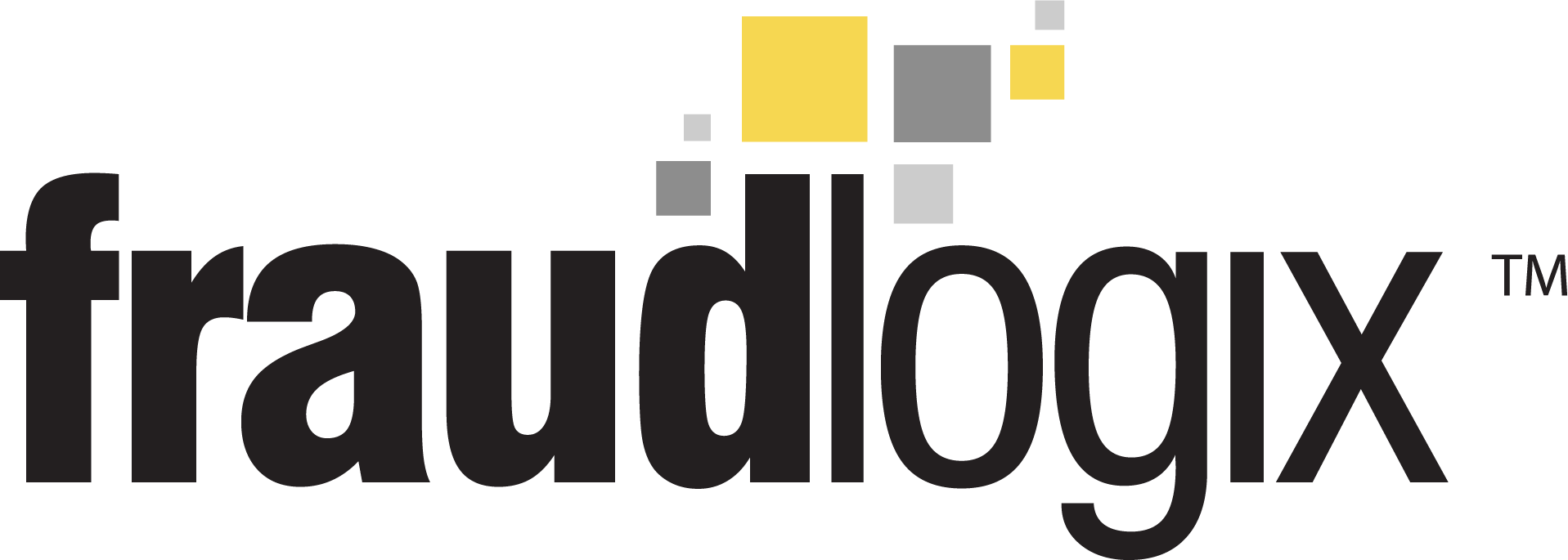Ad scams, commonly called ad fraud, have emerged as a significant threat to businesses everywhere. These scams generate illegitimate or fraudulent ad interactions, wasting ad budgets and skewing metrics.
Though difficult to calculate exactly, the estimated cost of digital ad fraud in 2023 was approximately 88 billion U.S dollars and is projected to increase about 14% over the next 5 years to a whopping 172 billion.
We’ll cover the types of ad scams every marketer should know and what you can do about it.
Types of Ad Scams
While technology has empowered marketers to have exceptional reach and impact, it has also allowed for unprecedented fraud. Some of the most common ad scams include:
Click Fraud
One of the most typical forms of ad fraud, click fraud occurs when individuals or automated bots click on ads with no intention of engaging with the content. This artificially inflates click-through rates (CTR) and can lead to wasted advertising spend.
Impression Fraud
Also known as “ad stacking” or “pixel stuffing,” impression fraud involves stacking multiple ads on top of each other within a single ad placement. While only the top ad is visible to the user, all ads in the stack are counted as impressions, leading to inflated impression metrics.
Conversion Fraud
In conversion fraud, scammers use fake or stolen credit card information to make purchases or complete other desired actions, such as signing up for a newsletter or downloading an app. This leads to false conversion data and can result in squandered advertising investment on non-existent customers.
Domain Spoofing
Domain spoofing occurs when fraudsters misrepresent the website on which an ad is displayed, making it appear as though the ad is being served on a legitimate and high-traffic website. In reality, the ad may be displayed on a low-quality or fraudulent website, leading to wasted ad impressions and potential brand damage.
Automated bots can mimic human behavior, including clicking on ads and visiting websites. When done programmatically, this leads to inflated traffic metrics and wasted ad spend on non-human traffic.
How to Combat Ad Scams
Combating ad fraud requires a multi-faceted approach involving technology, data analysis, and vigilance. Here are some strategies businesses can implement to protect themselves from ad scams:
- Use Fraud Detection Software: Invest in reputable fraud detection software that can identify and block fraudulent ad interactions in real-time.
- Monitor Performance Metrics: Regularly monitor key performance metrics, such as CTR, conversion rates, and bounce rates, to identify anomalies.
- Implement Click Fraud Prevention Techniques: Use techniques such as IP blocking, CAPTCHA verification, and device fingerprinting to prevent click fraud.
- Proactive Publisher, Ad Network, Affiliate Monitoring: Your ad partners will provide you with data on your ad spend and you can cross-check that with what you’re seeing in your business.
By taking proactive measures to combat ad fraud, businesses can protect their advertising investments and ensure that their campaigns reach real, engaged audiences. With Fraudlogix you can guarantee that your demand partners remain happy so you can focus on what really matters, expanding your enterprise.



